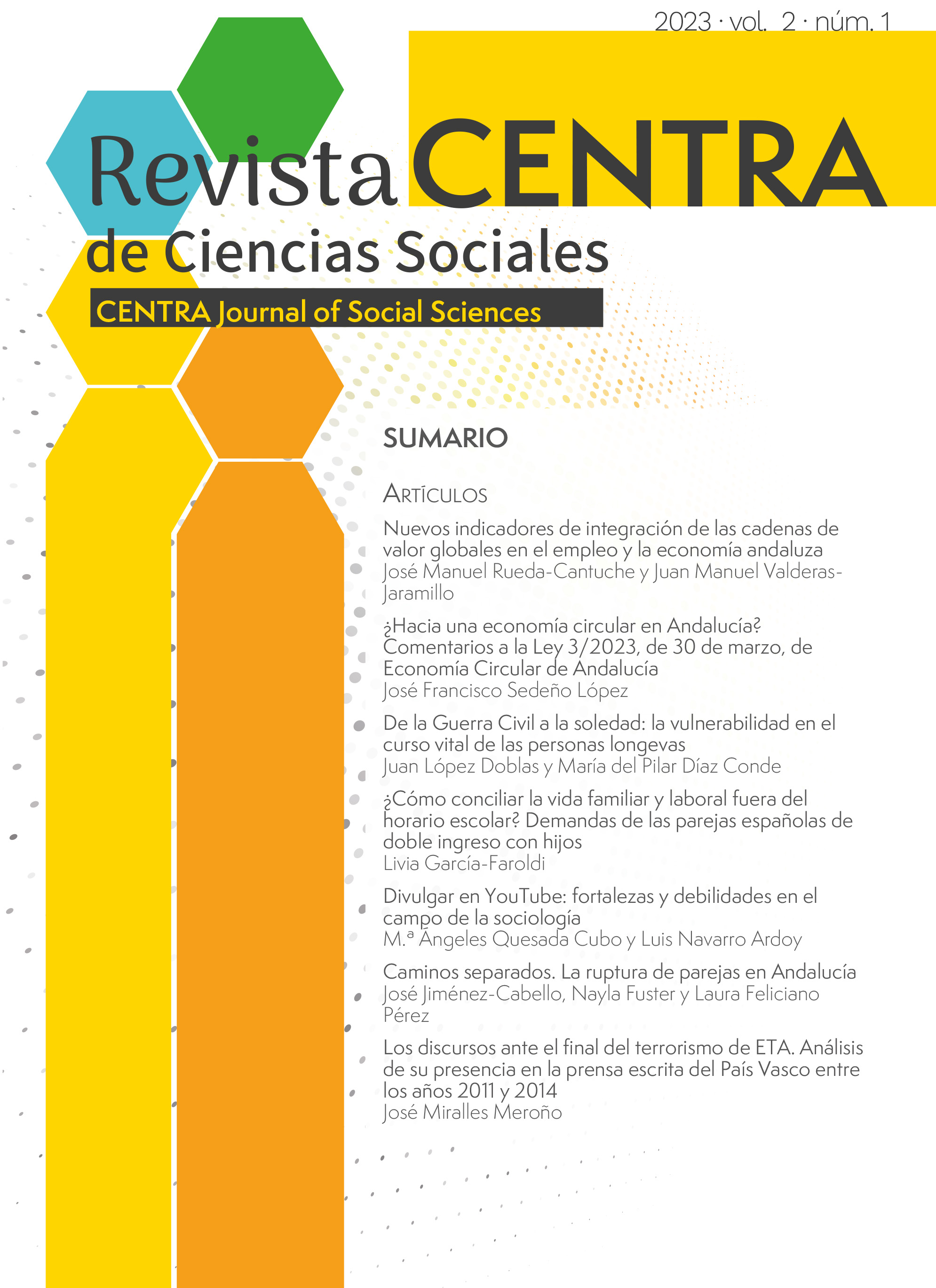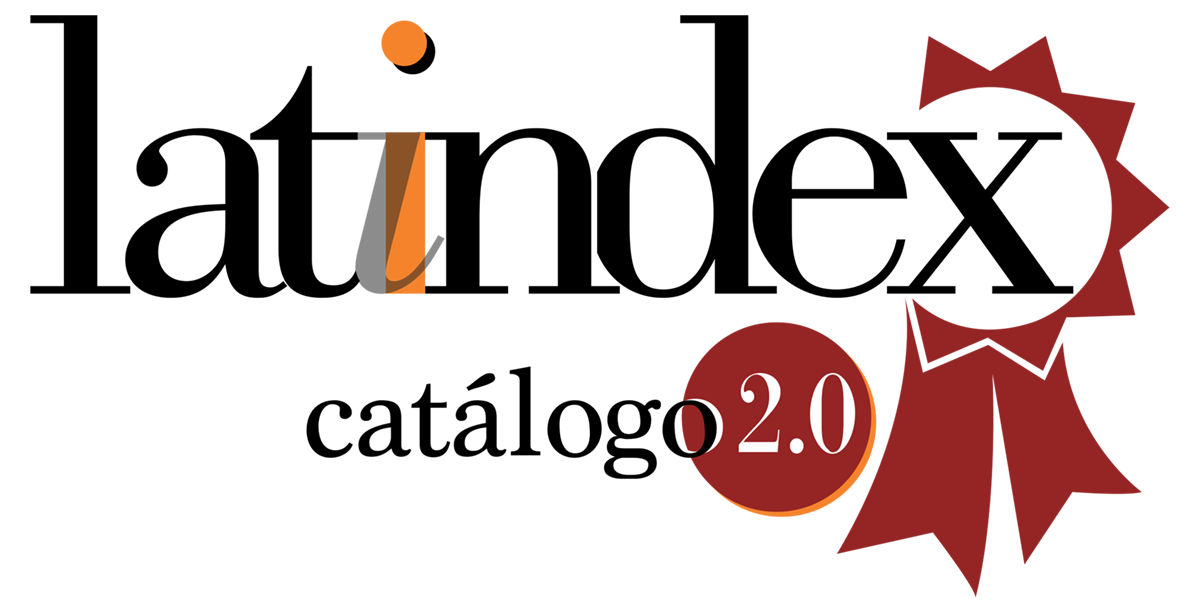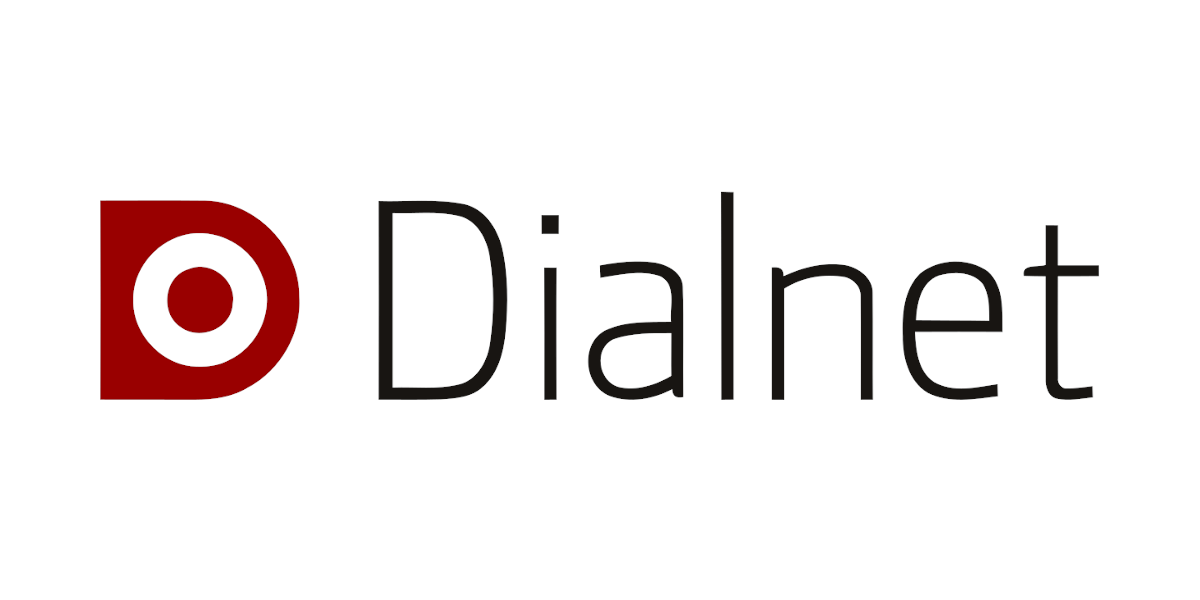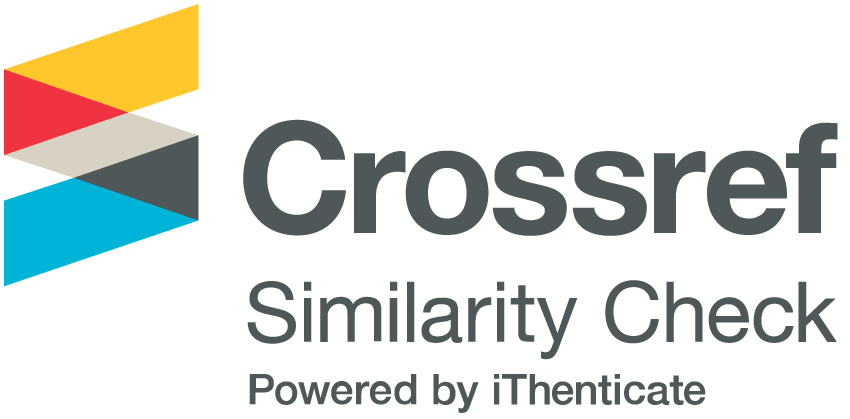Discourses on the End of ETA Terrorism
Analysis of Presence in the Written Press in the Basque Country between 2011 and 2014
DOI:
https://doi.org/10.54790/rccs.46Keywords:
sociología, problemas sociales, País Vasco, terrorismo, ETAAbstract
In relation to the end of ETA terrorism in the Basque Country, two antagonistic discourses compete for the consolidation of a social narrative. One of these discourses would assume the existence of the terrorist organization ETA as a consequence of the secular political and social conflict between the Basque Country and the rest of Spain (identified as Model 1); the other would understand the existence of ETA as the cause of this conflict (identified as Model 2). These clashing models define two possible frames of reality (framings) which, in turn, are based on the use of certain psychological defence mechanisms known as states of denial. In this sense, this article aims to demonstrate the degree of penetration of both framings (Models 1 and 2) in the written press not ideologically related to Basque nationalism, between 2011 and 2014 (dependent variable). It also aims to explain how and by means of what mechanisms the adoption of these models can be explained (independent variable).
Downloads
Metrics
References
Berelson, B. (1952). Content Analysis in Communications Research. New York: Hafner Press.
Canel, M. J., Cuesta, U. y García, M. (2012). Comunicación y Terrorismo. Madrid: Tecnos.
Canel, M. J., Capdevila, A., García, M. y Sanders, K. (2013). Estudios de Comunicación Política. Madrid: Tecnos.
Castells, L. (2013). La historia del terrorismo en Euskadi: ¿entre la necesidad y el apremio? En José María Ortiz de Orruño y José Antonio Pérez (Coords.), Construyendo memorias. Relatos históricos para Euskadi después del terrorismo (pp. 220-221). Madrid: Catarata.
Castells, M. (2014). Comunicación y poder. Madrid: Alianza.
Cohen, B. (1963). The press and the Foreign Policy. New Jersey: Princeton University Press.
Cohen, S. (1988). Visiones de control social: delitos, castigos y clasificaciones. Barcelona: PPU.
Cohen, S. (2005). Estados de negación: ensayo sobre atrocidades y sufrimientos. Argentina: Ed. Universidad de Buenos Aires.
Entman, R. M. (1993). Framing: Toward clarification of a fractured paradigm. Journal of Communication, 43(4), 51-58. https://doi.org/10.1111/j.1460-2466.1993.tb01304.x
Entman, R. M. (2003). Cascading Activation: Contesting the White House’s Frame after 9/11. Journal of Communication, 20(4), 415-432. https://doi.org/10.1080/10584600390244176
Entman, R. M. (2004). Projections of Power: Framing News, Public Opinion, and U.S. Foreign Policy. Chicago: Media & Public Opinion, University of Chicago. https://doi.org/10.7208/chicago/9780226210735.001.0001
Fernández, G. y López, R. (2012). Sangre, votos y manifestaciones. ETA y el nacionalismo vasco radical (1958-2011). Madrid: Tecnos.
Goffman, E. (2006). Frame Analysis: los marcos de la experiencia. Madrid: CIS.
Goleman, D. (2015). Psicología del autoengaño: El punto ciego. Barcelona: Penguin Random House.
Hallin, D. y Mancini, P. (2008). Sistemas mediáticos comparados: tres modelos de relación entre los medios de comunicación y la política. Barcelona: Hacer.
Krippendorff, K. (1990). Metodología de Análisis de Contenido: Teoría y Práctica. Barcelona: Paidós.
Lippmann, W. (1922). Public Opinion. New York: Macmillan.
Llera, F. J. (2012). Terrorismo y opinión pública en España. En U. Cuesta, Mª J. Canel y M. García (Eds.), Comunicación y terrorismo (pp. 302-348). Madrid: Tecnos.
Mata, J. M. (1993). El nacionalismo vasco radical: discurso, organización y expresiones. Bilbao: Universidad del País Vasco (UPV/EHU).
McCombs, M. (2006). Estableciendo la agenda: el impacto de los medios en la opinión pública y en el conocimiento. Barcelona: Paidós Comunicación.
Miralles, J. (2016). Los discursos sobre el final del terrorismo de ETA en el País Vasco. Aplicación de los modelos de Entman y Cohen al análisis de prensa escrita entre 2011 y 2014. [Tesis doctoral. Universidad del País Vasco. Euskobarómetro. Lejona]. ADDI. https://addi.ehu.es/handle/10810/18837
Norris, P., Kern, M. y Just, M. (2003). Framing terrorism: the news media, the government, and the public. New York: Routledge. https://doi.org/10.4324/9780203484845
Sádaba, T. (2008). Framing: el encuadre de las noticias. El binomio terrorismo-medios. Buenos Aires: La Crujía.
Secretaría General de Paz y Convivencia del Gobierno Vasco. Plan de Paz y Convivencia 2013-2016: Un objetivo de encuentro social, de 11 de junio de 2013. http://www.irekia.euskadi.eus/es/debates/881?stage=conclusions
Sontag, S. (2013). Ante el dolor de los demás. Barcelona: Debolsillo.
Sutherland, S. (2015). Irracionalidad: el enemigo interior. Madrid: Alianza Editorial.
Thompson, S. C. (1999). Illusions of Control: How We Overestimate Our Personal Influence. Current Directions in Psychological Science, Association for Psychological Science, 8(6), 187-190. https://doi.org/10.1111/1467-8721.00044
Downloads
Published
How to Cite
Issue
Section
License
Copyright (c) 2023 José Miralles

This work is licensed under a Creative Commons Attribution-NonCommercial-ShareAlike 4.0 International License.










